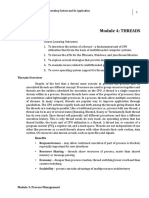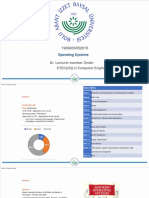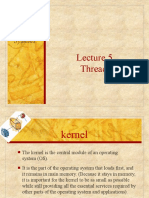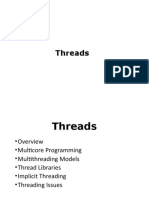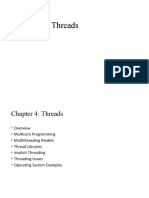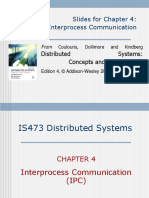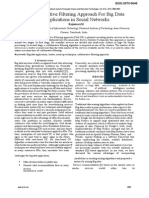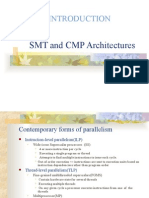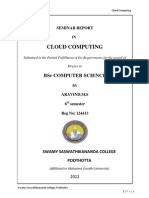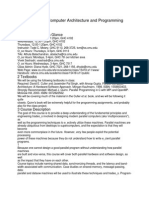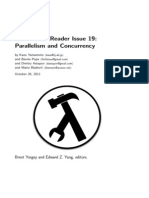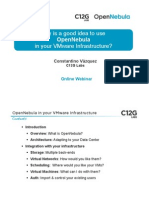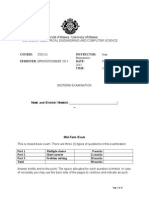0% found this document useful (0 votes)
140 views10 pagesSoftware Multithreading
Multi-threading allows an operating system to execute different parts of a program simultaneously by using threads. This can improve performance by keeping CPUs utilized even if one thread is waiting. There are two types of threads - user threads managed by user-level libraries and kernel threads managed by the operating system kernel. User threads are faster to create but cannot leverage parallelism while kernel threads allow parallelism but are slower to create. Multi-threading models include many-to-one mapping many user threads to one kernel thread, one-to-one mapping each user thread to its own kernel thread, and many-to-many mapping many user threads across kernel threads.
Uploaded by
tp2006sterCopyright
© © All Rights Reserved
We take content rights seriously. If you suspect this is your content, claim it here.
Available Formats
Download as PPTX, PDF, TXT or read online on Scribd
0% found this document useful (0 votes)
140 views10 pagesSoftware Multithreading
Multi-threading allows an operating system to execute different parts of a program simultaneously by using threads. This can improve performance by keeping CPUs utilized even if one thread is waiting. There are two types of threads - user threads managed by user-level libraries and kernel threads managed by the operating system kernel. User threads are faster to create but cannot leverage parallelism while kernel threads allow parallelism but are slower to create. Multi-threading models include many-to-one mapping many user threads to one kernel thread, one-to-one mapping each user thread to its own kernel thread, and many-to-many mapping many user threads across kernel threads.
Uploaded by
tp2006sterCopyright
© © All Rights Reserved
We take content rights seriously. If you suspect this is your content, claim it here.
Available Formats
Download as PPTX, PDF, TXT or read online on Scribd
/ 10



















